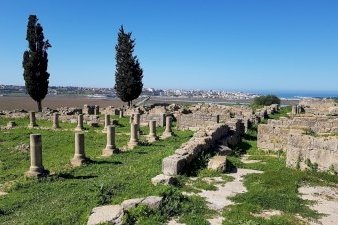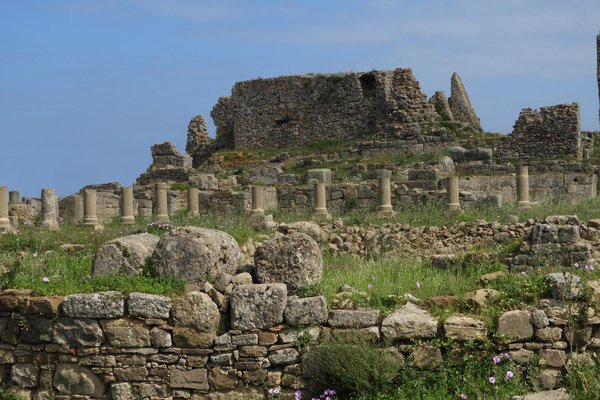Morocco
Ville de Lixus
Lixus comprises the archaeological site of an ancient Roman-Berber-Punic city. The site was occupied from the 8th century BC to the 14th century AD. Many temples have been uncovered. Rich Roman mosaics have also been found.
Site Info
Official Information
- Full Name
- Ville de Lixus (ID: 456)
- Country
- Morocco
- Status
-
On tentative list 1995
Site history
History of Ville de Lixus
- 1995: Added to Tentative List
- Added to tentative list
- Type
- Cultural
- Criteria
Links
- UNESCO
- whc.unesco.org
All Links
UNESCO.org
- whc.unesco.org — whc.unesco.org
Community Information
- Community Category
- Archaeological site: Ancient Rome
- Archaeological site: Phoenician
Travel Information
Recent Connections
News
No news.
Community Reviews
Show full reviews
Lixus is claimed one of the oldest settlements of the western Mediterranean antique world – although just “off” the Gibraltar straight, facing the Atlantic Ocean. It was first a Phoenician trade city and was later occupied by Romans and then successive civilisations until Middle-Age. Though as often with this kind of sites, the remains you get to see are mainly from the Roman period. The archaeological site lays on a hillside and top above one of the last meanders of the Loukkos river, overlooking both the plain and the Atlantic Ocean, which makes an enjoyable and strategic location. For those interested in Greek mythology, and Herakles’ twelve works in particular, this would have been the legendary land of the Hesperides garden – the glittering and meandering river acting as the snake, keeper of the garden, and the golden apples being oranges. Who knows?
A visit to the site would start at the recently (2019) opened site museum, providing a good and necessary introduction (there is very few information on the site itself). Lixus was important as a Phoenician trading post, then at the Roman times, as an “industrial” centre for production of salted fish (then exported in amphoras) and “garum”, a highly praised condiment at that time. It was as well a production centre for red dye, extracted from murex sea shells. The original artefacts are to be seen at the Rabat archaeological museum, and the mosaics at the Tetouan archaeological museum (we visited the two of them during …
Keep reading 0 comments
